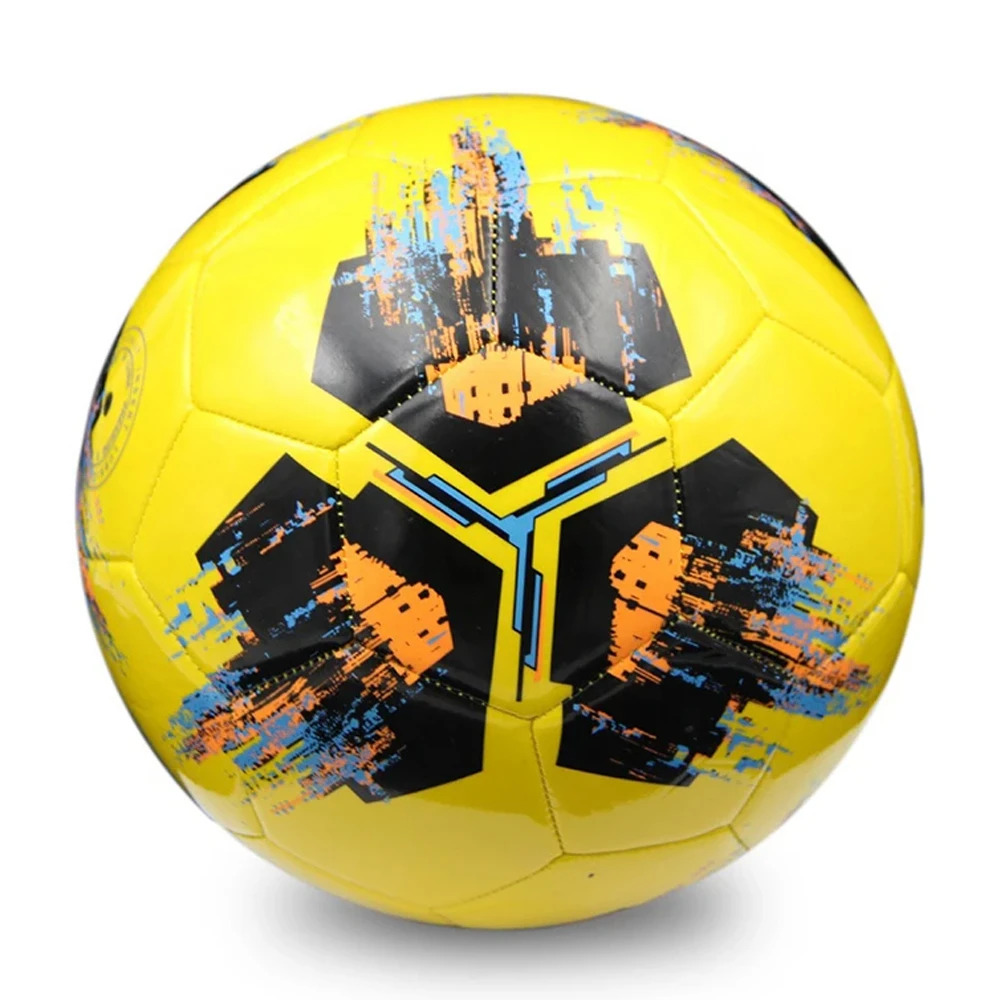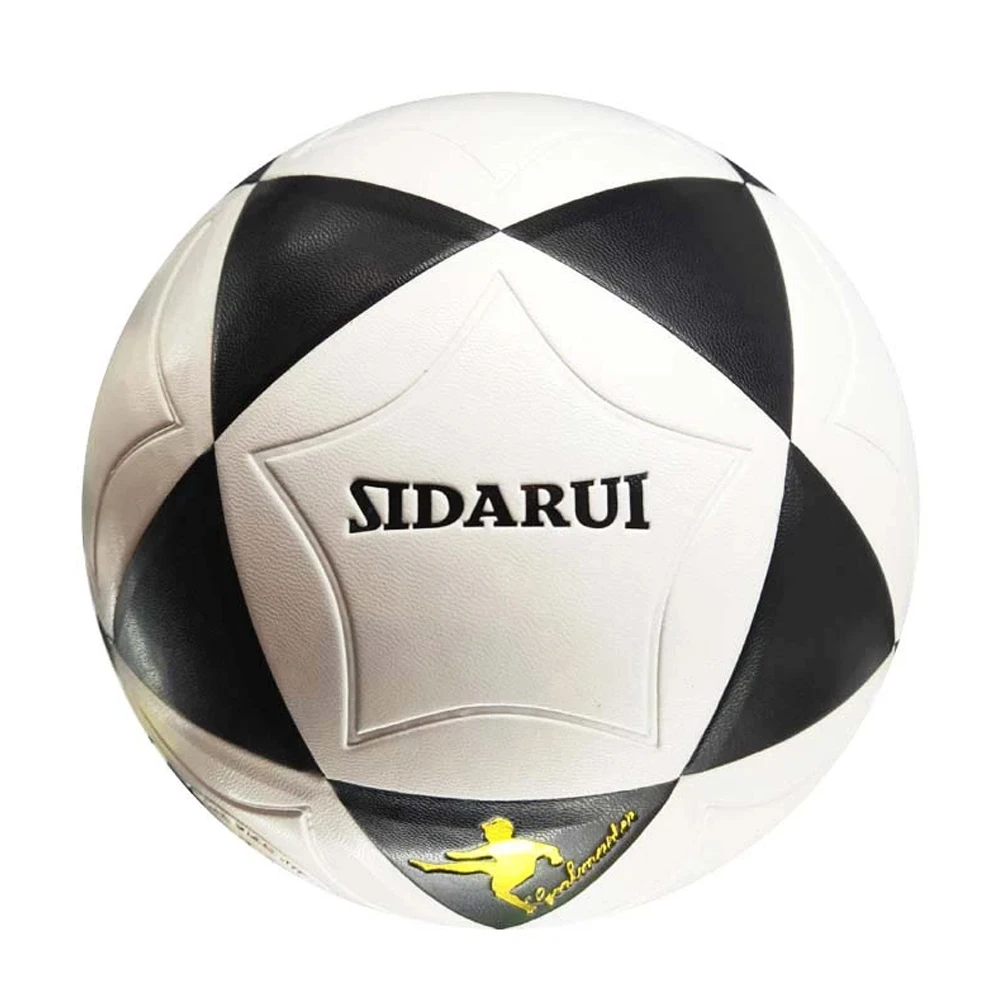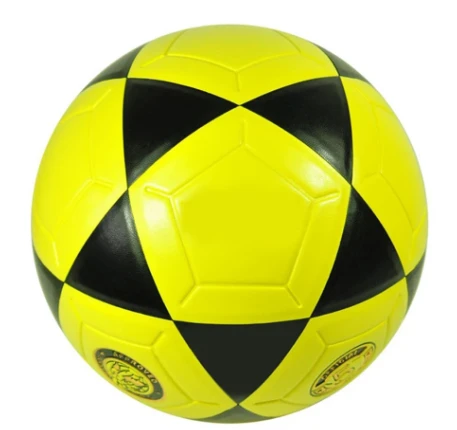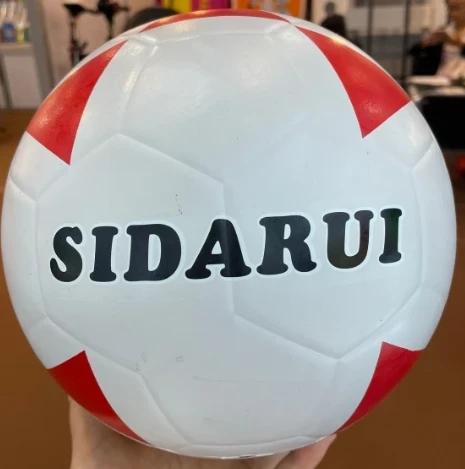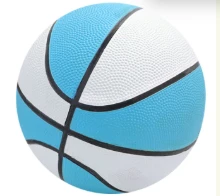Aug . 13, 2025 05:20
Unveiling the Versatility of Rubber Volleyball Balls in Modern Sports
In the dynamic world of sports and recreation, the rubber volleyball ball stands out as an indispensable piece of equipment, particularly for training, school sports, and recreational play. Unlike traditional leather or synthetic composite balls, rubber variants offer exceptional durability, weather resistance, and consistent performance across diverse environments. This makes them a preferred choice for institutions, sports clubs, and outdoor enthusiasts seeking a reliable and cost-effective solution. This comprehensive guide delves into the technical intricacies, market trends, and strategic advantages of investing in high-quality rubber volleyballs, ensuring decision-makers are equipped with the knowledge to make informed procurement choices that align with their operational and performance objectives.
Industry Trends and Market Dynamics
The global market for sports equipment, including volleyballs, is experiencing steady growth, driven by increasing participation in recreational sports, educational initiatives promoting physical activity, and the expansion of indoor and outdoor sporting facilities. Within this landscape, the demand for rubber volleyball ball products is particularly robust due to their low maintenance, extended lifespan, and suitability for various playing surfaces, from asphalt courts to sandy beaches. A notable trend is the rising interest in mini rubber volleyballs for youth training and introductory programs, fostering early skill development and engagement. Furthermore, the customization segment, including custom rubber volleyball options, is expanding, enabling brands and organizations to enhance their visibility through branded sports equipment, reinforcing team spirit or promotional campaigns. Data from market analysis firms indicates a year-over-year growth rate of approximately 4-6% in the general sports ball market, with durable, all-weather options like rubber balls being a key driver.
Key Technical Specifications and Performance Parameters
Understanding the technical specifications of a rubber volleyball ball is crucial for assessing its performance, durability, and suitability for specific applications. The "China Special Rubber Volleyball No.5 Ball for Training Volleyball Ball Original" is engineered to meet rigorous training demands. Below is a detailed table outlining typical parameters essential for evaluation:
| Parameter | Specification (No. 5 Ball) | Significance |
|---|---|---|
| Size | No. 5 (Official/Adult) | Standard size for adult training and matches, conforming to global regulations. |
| Circumference | 65-67 cm (25.6-26.4 inches) | Ensures proper handling and playability as per international standards (e.g., FIVB guidelines for professional play, adapted for training). |
| Weight | 260-280 grams (9.2-9.9 oz) | Optimal weight for consistent flight trajectory and controlled passing/setting. |
| Material | High-Quality Vulcanized Rubber | Provides exceptional durability, elasticity, and weather resistance, crucial for outdoor and rigorous training use. |
| Butyl Bladder | Yes | Ensures superior air retention, minimizing the need for frequent inflation and maintaining optimal pressure. |
| Construction | Molded, Single-Panel or Multi-Panel | Seamless construction offers consistent bounce and feel, enhancing player experience and ball longevity. |
| Water Resistance | High | Ideal for outdoor play and varying weather conditions, preventing water absorption and weight gain. |
| Surface Grip | Textured / Dimpled | Enhances grip for better control during serves, passes, and sets, particularly in humid conditions. |
| Applicable Use | Training, Recreational, Schools, Outdoor | Versatile for a wide range of users and environments, from school gyms to beach volleyball. |
The Craftsmanship: Rubber Volleyball Ball Manufacturing Process
The production of a high-quality rubber volleyball ball involves a meticulously controlled multi-stage manufacturing process, ensuring consistency, durability, and optimal performance. This journey begins with the selection of premium natural and synthetic rubber compounds, precisely blended to achieve the desired elasticity, resilience, and surface texture.
1. Material Preparation and Mixing: Raw rubber, along with various additives like carbon black, sulfur (for vulcanization), accelerators, and pigments, is carefully weighed and mixed in a Banbury mixer or two-roll mill. This crucial step ensures a homogeneous compound with specific physical properties, determining the ball's bounce, grip, and resistance to wear.
2. Calendering and Cutting: The mixed rubber compound is then fed into a calendering machine, where it is pressed into thin, uniform sheets. These sheets are subsequently cut into precise shapes, often circular panels, which will form the outer shell of the ball. Simultaneously, high-quality butyl rubber is used to form the inflatable bladder, known for its superior air retention capabilities.
3. Molding and Vulcanization: The cut rubber panels are assembled around the bladder in a specialized mold. This assembly is then subjected to high pressure and temperature in a vulcanization press. Vulcanization is a chemical process that transforms the plastic-like rubber into a more durable, elastic thermoset material, giving the rubber volleyball ball its final shape, resilience, and strength. This process is critical for the ball's structural integrity and long-term performance.
4. Finishing and Quality Control: After cooling, the balls undergo trimming to remove excess flash, followed by comprehensive quality control checks. These checks include pressure testing to ensure air retention, circumference and weight measurements to adhere to standards (e.g., ISO 9001, ASTM F1883 for recreational use), and visual inspections for defects. The surface may also undergo texturing or dimpling processes to enhance grip and flight characteristics.
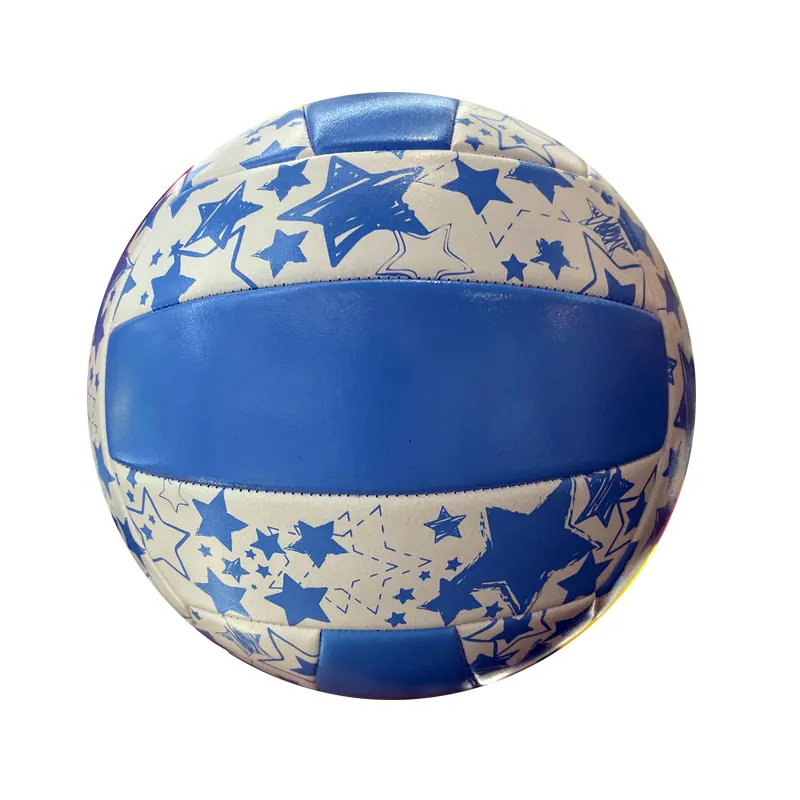
Illustration: A precise molding process ensures the structural integrity and consistent shape of each rubber volleyball ball.
Technical Advantages and Application Scenarios
The inherent properties of a well-manufactured rubber volleyball ball provide several distinct advantages over other ball types, making it ideal for specific application scenarios:
- Superior Durability: Vulcanized rubber is highly resistant to abrasion, punctures, and tearing, translating to a significantly longer lifespan compared to composite or leather balls, especially in outdoor or rough environments. This reduces replacement costs for institutions and clubs.
- Weather Resistance: Unlike materials that absorb moisture, rubber balls maintain their weight and performance consistency even when wet, making them perfect for outdoor courts, beaches, and unpredictable weather conditions.
- Consistent Performance: The uniform molding process and internal bladder design ensure a predictable bounce and flight trajectory, crucial for effective training and skill development.
- Enhanced Grip: Many rubber volleyballs feature textured or dimpled surfaces that provide excellent grip, even with sweaty hands, improving control during serves, passes, and sets.
- Cost-Effectiveness: Their longevity and resilience make rubber volleyball ball options a highly economical choice for high-volume use environments like schools, community centers, and recreational leagues.
Typical application scenarios include:
- Educational Institutions: Schools and universities utilize them for physical education classes, intramural sports, and beginner training due to their robust nature.
- Youth Sports Programs: Introduction of mini rubber volleyballs to younger players for developing fundamental skills in a forgiving manner.
- Recreational Leagues & Community Centers: High-traffic usage demands balls that can withstand constant play and varied user handling.
- Outdoor and Beach Volleyball: Their water and abrasion resistance make them ideal for sandy and rough outdoor surfaces.
- Training Facilities: Used for repetitive drills where ball consistency and durability are paramount.
Customization Solutions for Branding and Identity
Beyond standard offerings, the ability to order a custom rubber volleyball provides significant value for organizations looking to strengthen their brand identity or commemorate specific events. Customization options typically include:
- Logo Printing: High-quality, durable printing of company, school, or team logos.
- Color Matching: Production in specific brand colors or thematic schemes.
- Text and Graphics: Addition of custom text, event names, or unique graphic designs.
- Specialized Packaging: Options for bulk packaging or individually branded boxes.
Leveraging custom rubber volleyball solutions allows for a consistent brand presence across all sports equipment, fostering a sense of professionalism and unity within teams or organizations. This also presents an excellent opportunity for promotional giveaways or unique merchandise.
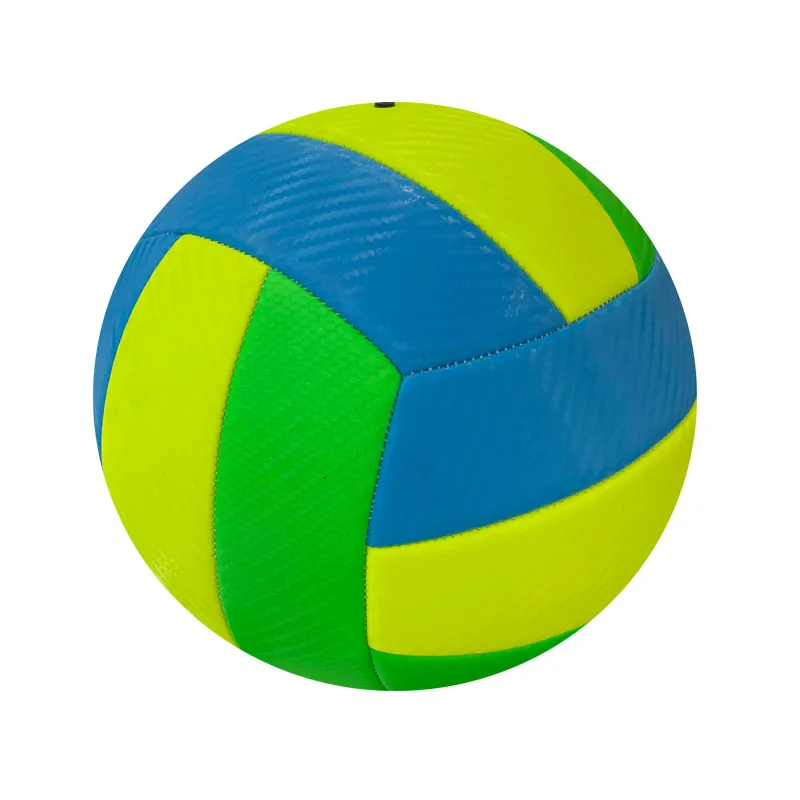
Caption: Exploring diverse customization options for branding and promotional needs.
Ensuring Quality and Trustworthiness: Certifications and Support
For B2B buyers, establishing trust and verifying product quality are paramount. Reputable manufacturers of rubber volleyball ball products adhere to stringent quality management systems and industry standards. Look for suppliers who can demonstrate compliance with international certifications such as ISO 9001 for quality management and relevant ASTM (American Society for Testing and Materials) standards for sports equipment. Testing data, including bounce height consistency, air retention rates, and material tensile strength, should be available upon request, providing objective evidence of performance.
A reliable supplier will also offer clear communication regarding delivery cycles, often ranging from 2-4 weeks for standard orders and 4-8 weeks for custom rubber volleyball batches, depending on volume and complexity. Furthermore, a comprehensive warranty program (e.g., 6-12 months against manufacturing defects) and responsive customer support are indicators of a commitment to long-term client satisfaction and product reliability.
Frequently Asked Questions (FAQ)
- Q1: How does a rubber volleyball ball compare to a synthetic leather ball in terms of lifespan?
- A1: Rubber volleyballs generally offer superior durability and a longer lifespan, especially in harsh outdoor conditions or high-intensity training environments, due to their robust vulcanized construction and resistance to abrasion and moisture. Synthetic leather balls, while offering a softer touch, are more susceptible to wear and tear on rough surfaces.
- Q2: Are mini rubber volleyballs suitable for professional training?
- A2: While standard No. 5 rubber volleyball ball is used for professional-level training, mini rubber volleyballs are primarily designed for youth players, beginners, and specific drills focusing on hand-eye coordination and basic ball control, rather than full-scale professional match preparation.
- Q3: What are the typical lead times for custom rubber volleyball orders?
- A3: For custom rubber volleyball orders, lead times can vary based on design complexity, order volume, and manufacturer capacity. Typically, expect anywhere from 4 to 8 weeks from final design approval to delivery, although expedited options may be available for a premium.
- Q4: How should a rubber volleyball ball be maintained for optimal longevity?
- A4: To maximize the lifespan of your rubber volleyball ball, store it in a cool, dry place away from direct sunlight and extreme temperatures. Inflate it to the recommended pressure (usually indicated near the valve), and avoid over-inflation. Clean with a damp cloth as needed, and avoid harsh chemicals.
Conclusion
The rubber volleyball ball, particularly the "China Special Rubber Volleyball No.5 Ball for Training Volleyball Ball Original," represents a confluence of durable engineering and functional design, making it an optimal choice for training, educational, and recreational applications. Its robust construction, resistance to environmental factors, and cost-effectiveness position it as a superior asset for organizations seeking reliable sports equipment. By understanding the manufacturing nuances, technical specifications, and available customization avenues, B2B buyers can confidently invest in products that not only meet but exceed their performance expectations, ensuring long-term value and enhancing the overall sports experience.
References
- ASTM International. "Standard Specifications for Volleyball Equipment." ASTM F1883. (Hypothetical reference for illustrative purposes).
- International Organization for Standardization. "Quality Management Systems - Requirements." ISO 9001:2015. (Hypothetical reference for illustrative purposes).
- Sports & Leisure Market Research Report, 2023. (Hypothetical industry report for market trends).
- Journal of Sports Engineering and Technology. "Material Science in Modern Sports Balls." Vol. 237, Issue 4, pp. 299-315. (Hypothetical academic journal for technical aspects).




